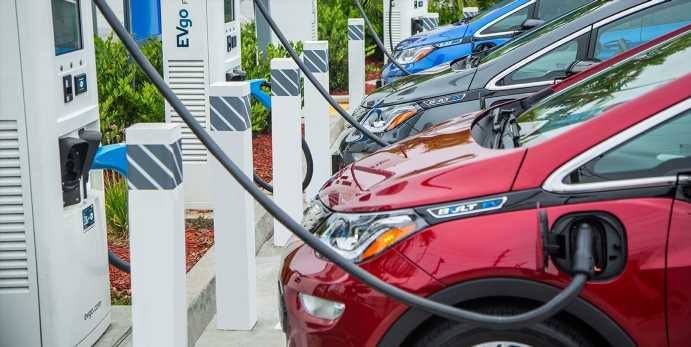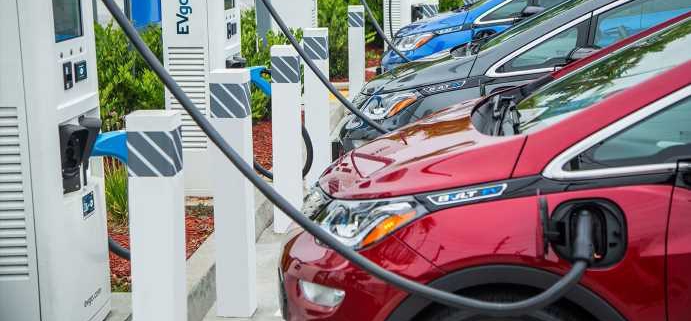How EVs Fast Charging Works?
So far, the world went electric by using EVs, buy how their fast-charging works? To answer this question, there are three main point that we should put in consideration. Firstly, what are the parts involved in EVs instant-charging? Secondly, what are the types on connecters used in fast-charging? Thirdly, what is the limitation if swift-charging? So first, the charging board has a capacity of 50 to 350 kilowatts. It has: AC supply, a rectifier, power control unit, safety interlocks and protection circuits. The rectifier converts the current into a direct one. Then, the Power Control Unit adjusts the current with the allowance of the appropriate quantity. The Safety Interlocks and the Protection Circuits stop the charging process in two cases. The first case, when there is improper charging happens or when the battery is full.
 Types of Instant EVs’ Chargers
Types of Instant EVs’ Chargers
Mainly, there are five types of EVs’ chargers that perform the task of charging. However, there are some faster than the others. One of the top-speed EVs’ charger is Tesla Electric Vehicles charger. The CC Combo type 1 and 2 do have some fascinating characteristics. Firstly, it has PLC communication. Secondly, there are two forms of inlet charging: AC and DC. Thirdly, the maximum current level is 350. Finally, the voltage range is 200-1000V and the maximum power is 350W.
Limitations of Swift Chargers
The limitation of instant charging depends on many factors. Firstly, type of the battery and the higher loses in charger and battery I2R. Secondly, the types of cables used in both the charger and the battery. Finally, the thermal management. Although instant charging is one of the perfect aspects that drivers search for, it is not recommendable. All in all, the faster you charge the futuristic expected consequences later takes place.



